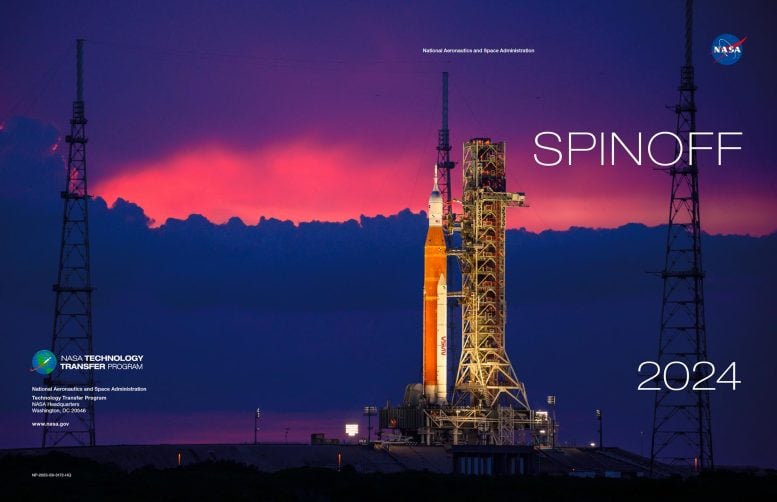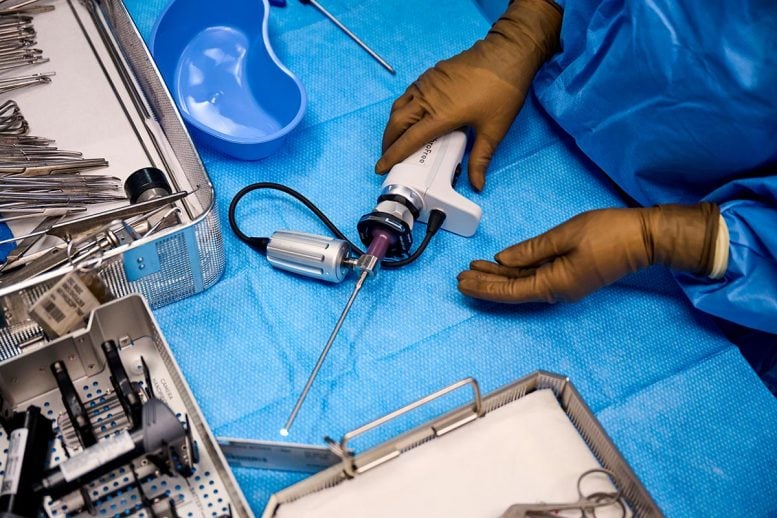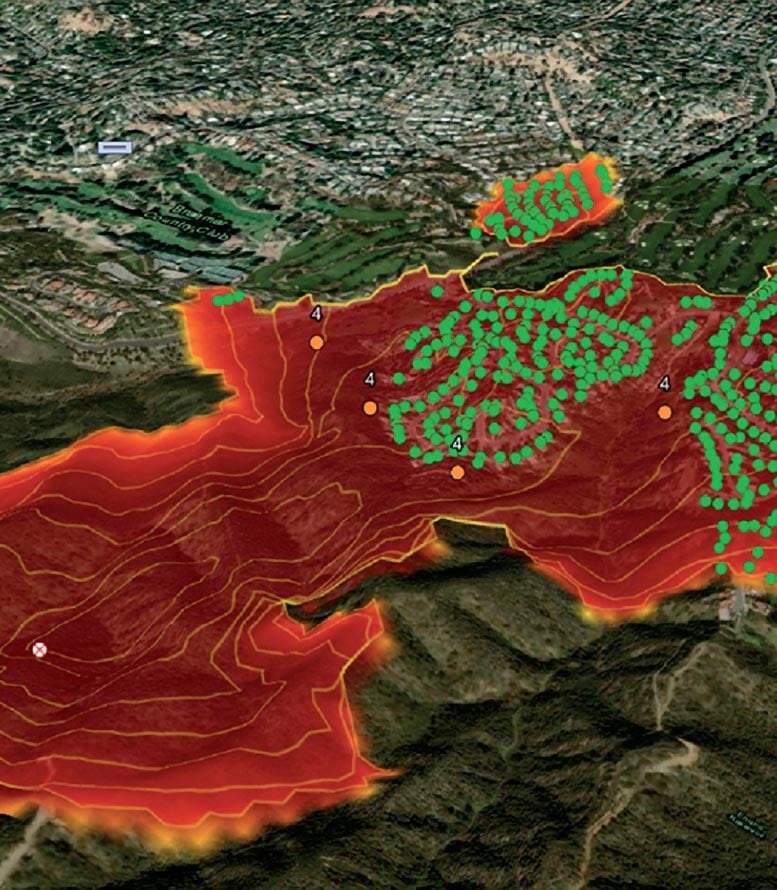
NASA’s 2024 Spinoff publication reveals how space exploration technologies have been adapted for use in medical advancements, safety protocols, and environmental sustainability, among other areas, showcasing the agency’s broad impact on improving quality of life and fostering economic growth through its Technology Transfer program. Credit: NASA
<span class="glossaryLink" aria-describedby="tt" data-cmtooltip="
” data-gt-translate-attributes=”[{"attribute":"data-cmtooltip", "format":"html"}]” tabindex=”0″ role=”link”>NASA’s annual Spinoff publication showcases the agency’s contributions to technology transfer, highlighting innovations developed for space exploration that now benefit everyday life on Earth.
As NASA innovates for the benefit of all, what the agency develops for exploration has the potential to evolve into other technologies with broader use here on Earth. Many of those examples are highlighted in NASA’s annual Spinoff book including dozens of NASA-enabled medical innovations, as well other advancements.
This year’s publication, NASA’s 2024 Spinoff, features several commercialized technologies using the agency’s research and development expertise to impact everyday lives, including:

Squishy Robotics’ tensegrity sensor robots help first responders determine their approach to a disaster scene. Pictured here during a subway attack scenario exercise at the 2021 Unmanned Tactical Application Conference, the robots can detect gas leaks and other hazards. Credit: FLYMOTION LLC
“As we continue to push new frontiers and do the unimaginable, NASA’s scientists and engineers are constantly innovating and advancing technologies,” said NASA Administrator Bill Nelson. “A critical part of our mission is to quickly get those advances into the hands of companies and entrepreneurs who can use them to grow their businesses, open new markets, boost the economy, and raise the quality of life for everyone.”
The medical innovations include the first wireless arthroscope – a small tube carrying a camera inserted into the body during surgery – to receive clearance from the U.S. Food and Drug Administration, which benefited from NASA’s experience with spacesuits and satellite batteries. Technologies for diagnosing illnesses like the coronavirus, hepatitis, and cancer have also stemmed from NASA’s space exploration and science endeavors. Even certain types of toothpaste originated from the agency’s efforts to grow crystals for electronics.

Lazurite’s ArthroFree Wireless Camera System incorporated aerospace-grade lithium-ion batteries after developers consulted with NASA engineers. Credit: Lazurite Holdings LLC
Additional 2024 Spinoff highlights include developments under NASA’s Artemis campaign, like a small, rugged video camera used to improve aircraft safety and a new method for detecting defects or damage in composite materials. Meanwhile, another spinoff story details the latest benefits of fuel cell technology created more than 50 years ago for Apollo, which is now poised to support terrestrial power grids based on renewable energy.
The book also features several technologies NASA has identified as promising future spinoffs and information on how to license agency tech. Since the 1970s, thousands of NASA technologies have found their way into many scientific and technical disciplines, impacting nearly every American industry.

Knowing where a fire is and what infrastructure is in its path is essential for extinguishing the blaze. Technosylva’s fiResponse uses satellite imagery and more to show which homes, businesses, roads, and more (colored dots) are within the environment of a wildfire. Credit: Technosylva Inc.
“As NASA’s longest continuously running program, we continue to increase the number of technologies we license year-over-year while streamlining the development path from the government to the commercial sector,” said Daniel Lockney, Technology Transfer program executive at NASA Headquarters in Washington. “These commercialization success stories continually prove the benefits of transitioning agency technologies into private hands, where the real impacts are made.”
Spinoffs are part of NASA’s Space Technology Mission Directorate and its Technology Transfer program. Tech Transfer is charged with finding broad, innovative applications for NASA-developed technology through partnerships and licensing agreements, ensuring agency investments benefit the nation and the world.
